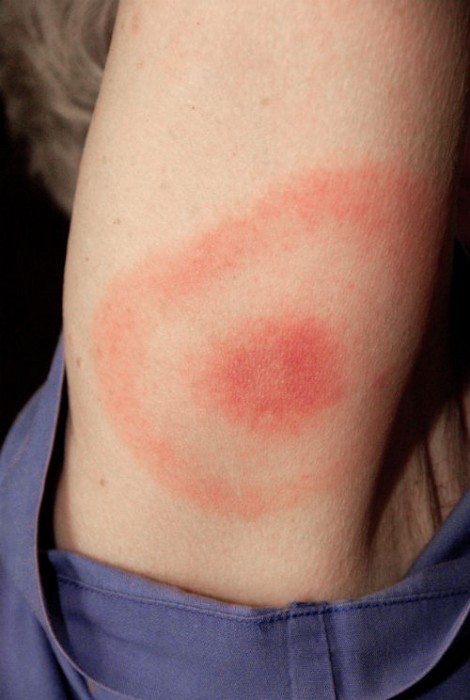[leadin]Prevent, identify, and treat Lyme disease as the summer season kicks off. Here’s how.[/leadin]
There are plenty of misconceptions surrounding Lyme disease and a lot that is still not understood. However, there is plenty of solid information to protect yourself and stay healthy, even if an infected tick bites you. Here’s what you need to know.
Do The ‘Tick Check’
1) It’s All In The Ticks. Lyme disease is exclusively transmitted to humans by blacklegged ticks – commonly called deer ticks. There is no evidence to suggest that Lyme is transmissible person to person.
2) One Bad Apple (Seed). Adult blacklegged ticks mature to no bigger than the size of a small apple seed, so check yourself thoroughly if you may have come in contact. Ticks tend to attach near the groin, armpits, and scalp.
3) Only Specific Places Have Lyme. Because Lyme is relegated to blacklegged ticks, it isn’t a danger everywhere. Ninety-six percent of all incidents of Lyme occur in 14 states: Connecticut, Delaware, Maine, Maryland, Massachusetts, Minnesota, New Hampshire, New Jersey, New York, Pennsylvania, Rhode Island, Vermont, Virginia, and Wisconsin.
4) Long Bites Are Bad. Always check yourself, friends, and family immediately for ticks if you’re in areas where you’re likely to encounter them. Ticks can only spread Lyme if they’re attached for at least 24 hours, and generally won’t spread infection until 36-48 hours after biting.
5) Use Tweezers To Remove Tick. DO NOT use petroleum jelly, nail polish, or fire to kill the tick. Grasp the tick firmly as close to the skin as possible and pull it away from your body – be prepared, its mouth parts may remain attached. Cleanse the area with soap and water. According to the CDC, there is no need to save the tick because “in general, testing of individual ticks is not useful.”
Lyme Disease Symptoms
Lyme Disease Treatment
Lyme Disease & Tick Bite Prevention
- DEET – use insect repellent with 20 percent DEET concentration.
- Permethrin – treat, or buy pre-treated, clothes, tents, and camping gear with permethrin, which kills ticks on contact. DO NOT APPLY DIRECTLY TO SKIN.
- Daily checks – perform daily checks to minimize possible tick exposure, particularly in the most high-risk months, May through July.
- Look into other methods of tick prevention. There are several types of repellents on the market besides chemical sprays, like outdoor repellents and tick-repelling clothing.
- Shower up – ticks frequently track indoors on your clothes. Remove and wash your clothes after returning inside and take a shower, checking for ticks.











